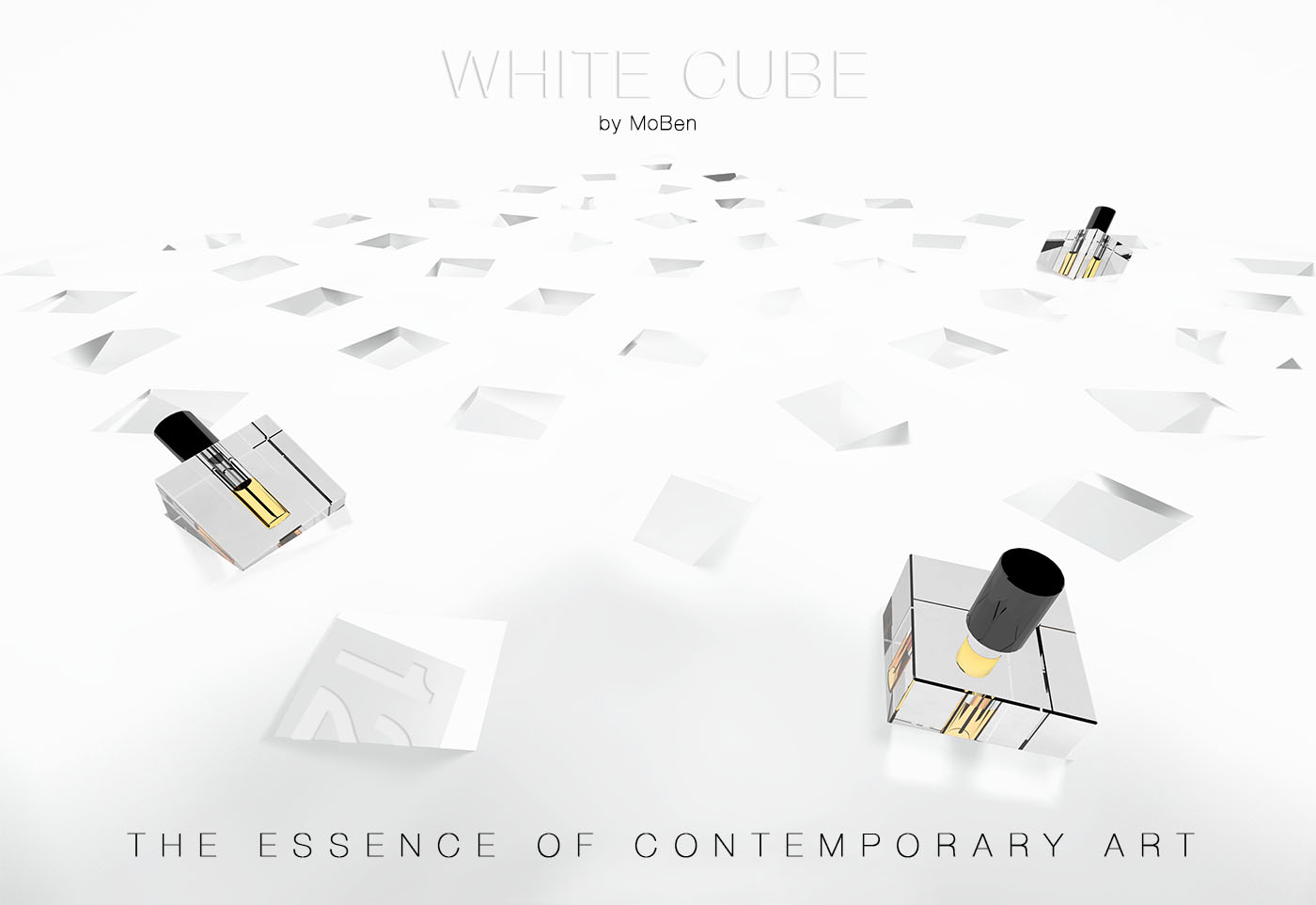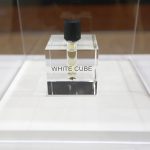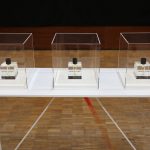
White Cube Alpha (Variation – FIAC)
Seeking the common denominator of all contemporary artworks, in spite of their spectacular diversity, the artist found that it should be the very perfume of the art gallery, freshly repainted, before the exhibition opening.
White Cube is first an attempt to define the complexity and richness of this fragrance and its symbolic power. Telling from the head note to the base note the story of an aesthetic addiction.
WHITE CUBE alpha, 0‑9, are the different stages of this discovery. Each bottle, preserving one specific step of this quest, is offered with an original formula delivered to the collector for his/her exclusive use.
More about White Cube
White Cube Alpha, fragrance
Each White Cube alpha is a unique fragrance, a new step in the quest of the essence of contemporary art.
The most sensible experts have for a long time been aware that what counts is not producing an important work of art or exploring new paths, but ‘creating contemporary-art-like artworks’, as one of the curators of the Pompidou Centre so very rightly declared. Most of the time, we neglect the importance of his/her statement.
Recognition is the basis of acceptance in the art world and requires producing minimal signs of respect for implicit standards. There is thus no point in being surprised by reactions of refusal that are based not on rational decisions, but on the necessity to preserve all or some of the rules that define the institutional framework, which enable art to evolve in a context of total serenity.
What is important then is to identify the properties determining the limits of these external signs of contemporary art, which mean that a critic, a curator or a collector will immediately feel he is on familiar ground, with just a sufficient degree of excitement to allow him to glimpse a possible danger, existing, it is true, but that represents no threat to the body or to the spirit experiencing it.
Among these legitimizing characteristics, certain aspects create a sort of permanence that gives them a long‑term permanence. The use of aromas in the food industry, which gives the consumer the impression that what he is eating contains real freshly‑picked strawberries with that taste of genuine traditional products characteristic of reputed organic agriculture.
I propose attempting to achieve the equivalent in art and producing a work out of it, thus creating the essence of contemporary art. Among the essential oils used in contemporary art, I should like to automatically exclude the smell of linseed oil. Along with turpentine, it was too characteristic of art exhibitions in the 50s to give that contemporary fragrance which should affect traditions in a permanent manner. The smell of acrylic paint, which characterizes the recently renewed White Cube, is more discreet and more undeniably present at the smart opening nights of exhibitions.







